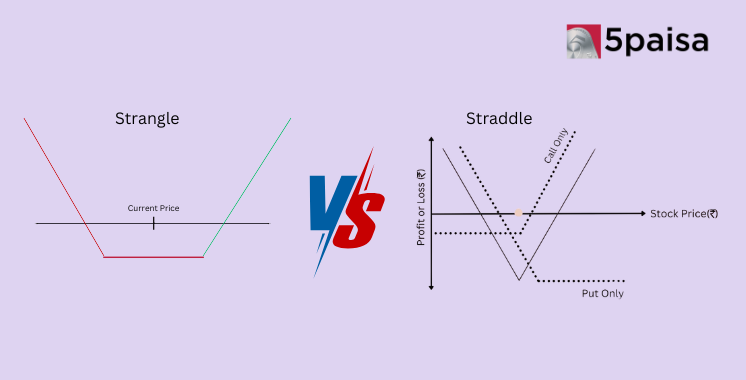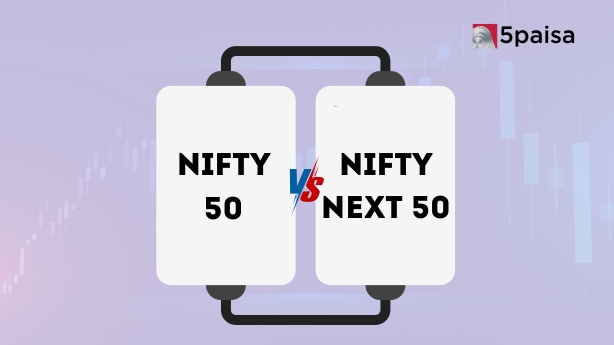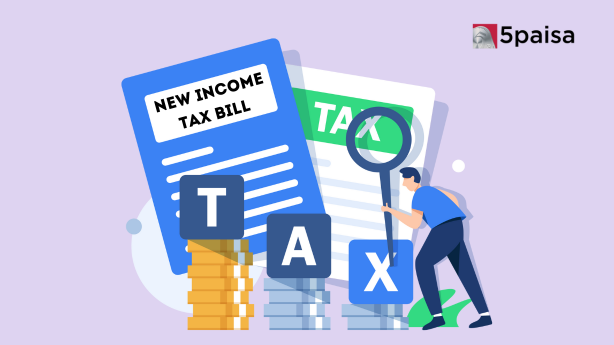Bond Markets Panic on Higher Borrowings

One of the immediate outcomes of the Union Budget 2022 announcement was the sharp spike in the bond yields. For instance, the 10-year benchmark bond yields, which had hovered around 6.65% on the day of the budget, suddenly spiked to 6.89% after the budget announcement. That is where the bond yields have stayed post the budget. What exactly caused this spike in bond yields and what are bond markets so very concerned about?
The one factor that spooked the bond markets was the sharp rise in borrowings. Last year, in the midst of a COVID relief year, India had set its borrowing target at Rs.12 trillion. This year, for FY23, when much of the COVID relief is already provided for, India has enhanced its annual borrowing target to Rs.14.95 trillion. It is this sharp spike of nearly 25% in the annual borrowing target that has the bond markets spooked. It was much more than expected.
Check - Why Have the 10-Year Bond Yields Hit a 20-Month High?
There is a close link between the borrowing targets and the bond yields. Higher borrowing limits means two things. Firstly, it is likely to crowd out private sector borrowings. Secondly, it is likely to force the government to pay higher yields to attract buyers. That is what the bond yields are reflecting. Also, like in FY22, if the government is not willing to offer higher yields, then the only way other options is that these bonds devolve on the RBI.
The bond markets were surprised because they were expecting a worst case bond borrowing target for FY23 at around Rs.13 trillion. However, the final number is nearly Rs.2 trillion higher than that, which is what explains this panic in the bond markets. Bond dealers opine that even if the switch on the eve of the budget is accounted for, the borrowing target is still way above what was pencilled in by the markets.
Bond markets are slightly confused as the central bank is trying to run with the hares and hunt with the hounds. On the one hand, the RBI has committed itself to price stability which implies bringing down inflation levels sharply. On the other hand, it has allowed the borrowing targets to grow sharply, which is likely to be indirectly inflationary. It will either result in higher yields offered or it will result in inflationary devolution on the RBI.
This is also at cross purposes with what the government is trying to achieve. The government has been trying hard to keep the cost of funds low in the economy to boost growth. It is also trying to create the right circumstances for rating agencies to view the Indian economy more favourably. Unfortunately, the recent move of raising the borrowing target in the Union Budget is at cross purposes with both these objectives.
Also Read:-
- Flat ₹20 Brokerage
- Next-gen Trading
- Advance Charting
- Actionable Ideas
Trending on 5paisa
Indian Stock Market Related Articles
Disclaimer: Investment in securities market are subject to market risks, read all the related documents carefully before investing. For detailed disclaimer please Click here.
 Tanushree Jaiswal
Tanushree Jaiswal
 5paisa Research Team
5paisa Research Team
 5paisa Research Team
5paisa Research Team




